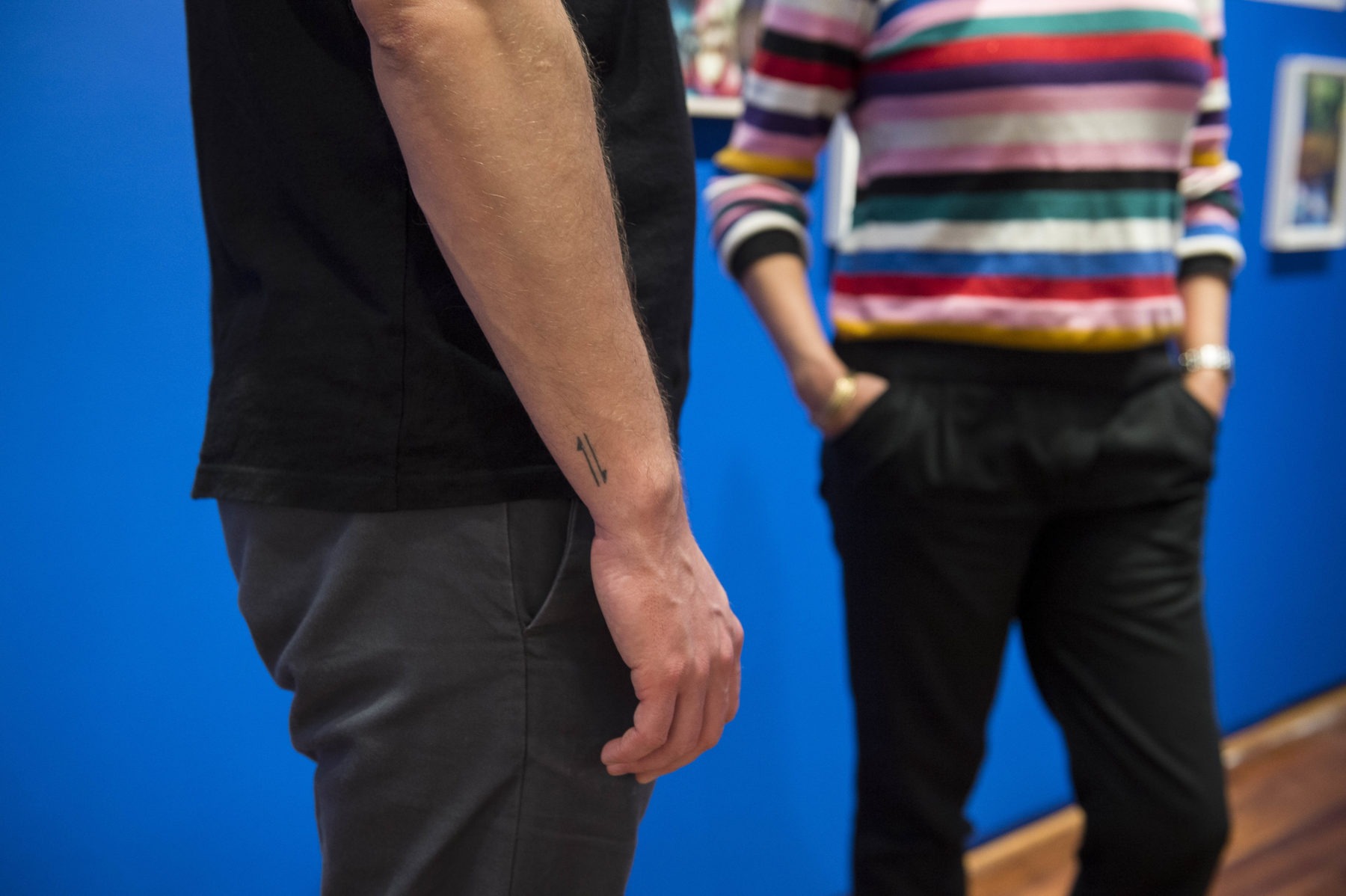You might have heard this before: “Magic only happens outside of your comfort zone”, “The only thing that is stopping you from where you are to where you want to go is your comfort zone” or “Life begins at the end of your comfort zone.“
These and similar phrases have become the mantras of our neoliberal day-and-age that praise self-optimization, not only in business motivation-speak, but in all kinds of everyday scenarios, in which we are encouraged to improve our performances, and to be more innovative and efficient. In order to thrive and accomplish something in our lives, we are supposed to step out of our comfort zones.
A comfort zone is the state of mind in which things feel familiar and soothing to us. In our comfort zones, we are at ease; we have the feeling that we are in control of things. It’s the place where we like to withdraw to, a place where we can fully be ourselves or just be ourselves enough. In that sense our comfort zone is our personal safe space, a coping tactic to negotiate and to come to terms with the constraints of our lives.
The expression “comfort zone” is often used as an adaption and reinterpretation of the “zone of proximal development”, a concept conceived by Russian psychologist Lew Semyonovich Vygotsky in the first half of the 20th century. According to Vygotsky, human psychological development and learning processes occur, beginning in childhood through interpersonal relationships and through interacting with others or our social environment in general.
He distinguished between two levels of development: the level of a child’s given development, determined by everything the child is able to do on its own; and the level of achievements in support of an adult or another child. The “zone of proximal development” is the gap between these two levels. According to Vygotsky, education is supposed to provide children with experiences that are outside the first level and within their zones of proximal development in order to advance their individual learning.
Isn’t the ideal of being comfortable—a privilege that is tied to material wealth, physical health, access to education and determining factors such as race, gender or nationality—in fact essentially everything that we are striving for in life?

After North-American social constructivists, psychologists and behaviorists picked up on Vygotsky’s theory in the early 1980s, popular discourse began to refer—appropriating his concept loosely—to the first level of self-sufficiency and procrastination as the “comfort zone”, while calling the second zone “panic” or “danger zone” and the one in between—the initial “zone of proximal development”—the “learning “zone”.
Today comfort has become the demon we have to exorcise so that we can become our best selves. In order to flourish and to learn we need to take risks. This, however, is also a sign of the twisted relationship which we have with comfort. Isn’t the ideal of being comfortable—a privilege that is tied to material wealth, physical health, access to education and determining factors such as race, gender or nationality—in fact essentially everything that we are striving for in life? We seek comfort in others. Our living and working environments should be comfortable. Apart from continuity and stability, comfort above all promises relief from the burdens of our constant struggle to grow and improve.

The exhibition Comfort Zone I (Home) is one of three installments that reflect on comfort on different levels, with the first part taking the notion of home and privacy as a point of departure. Indeed, the phrase “comfort zone” was initially used as a reference to heating systems in modern homes. Heating and Ventilating magazine, Building Systems Design, Volume 10, published in 1913, states under the caption “Establishment of a Comfort Zone”: “Before working very long, it became evident that there was a temperature and humidity range within which the occupants of the rooms were comfortable.”
More so the English expression of “being at home” refers to a place of residence, a sphere of intimacy and privacy, as well as to a condition that we are comfortable with: make yourself comfortable. Make yourself at home. This exhibition seeks to highlight the ambivalent relationship we have with comfort, domesticity and privacy. It sheds light on our need for rootedness and belonging as a form of refuge; the banality of comfort but also the escapist idealism that is attached to it and that might lead to isolation, stagnation and loss of agency. Eventually the comfort zone is never a neutral, hermetically closed territory. It demands a good amount of moral flexibility and a will to compromise. How can anyone otherwise be comfortable with the fact that comfort for some is often based on the discomfort of others?